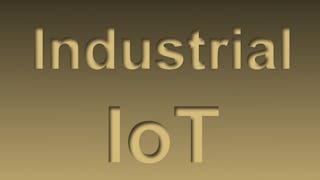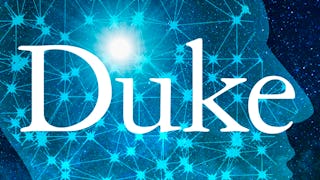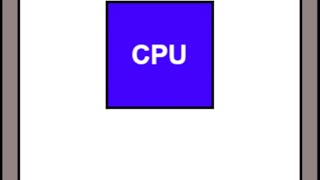Products don't design and build themselves. In this course, students learn how to staff, plan and execute a project to build a product. We explore sensors, which produce tremendous volumes of data, and then storage devices and file systems for storing big data. Finally, we study machine learning and big data analytics.


Project Planning and Machine Learning
This course is part of Developing Industrial Internet of Things Specialization

Instructor: David Sluiter
13,158 already enrolled
Included with
(132 reviews)
Recommended experience
What you'll learn
Create a plan to staff and execute a project to a schedule.
Create and calibrate sensor systems. Describe how hard drives and solid state drives operate. Describe how file systems for big data work.
Describe the basic operation of today's machine learning algorithms.
Describe the basics of big data analytics.
Skills you'll gain
Details to know

Add to your LinkedIn profile
4 assignments
See how employees at top companies are mastering in-demand skills

Build your subject-matter expertise
- Learn new concepts from industry experts
- Gain a foundational understanding of a subject or tool
- Develop job-relevant skills with hands-on projects
- Earn a shareable career certificate

There are 4 modules in this course
In this module I share with you my experience in product planning, staffing and execution. You will learn about the importance of first defining requirements, second performing the design work first, and then lastly writing the code.
What's included
8 videos3 readings1 assignment1 discussion prompt
In this module you will learn about sensors, and specifically a temperature sensor. You will learn how to calibrate a temperature sensor system, which helps you measure and improve the accuracy of that system. You will learn how data is stored on hard drives and solid state drives. You will learn about 3 file systems that are used to store large data sets, which are often referred to as "Big Data".
What's included
7 videos1 assignment
In this module we look at machine learning (ML), what it is and how it works. You will learn about several supervised learning algorithms and 1 unsupervised learning algorithm. No coding is required of you. Instead I provide working source code to you so you can play around with these algorithms. I wrap up by providing some examples of how ML can be used in the Industrial IoT space.
What's included
10 videos10 readings1 assignment
In this module you will learn about big data and why we want to study it. You will learn about issues that can arise with a data set and the importance of properly preparing data prior to a Machine Learning exercise.
What's included
9 videos4 readings1 assignment
Earn a career certificate
Add this credential to your LinkedIn profile, resume, or CV. Share it on social media and in your performance review.
Build toward a degree
This course is part of the following degree program(s) offered by University of Colorado Boulder. If you are admitted and enroll, your completed coursework may count toward your degree learning and your progress can transfer with you.¹
Instructor

Offered by
Explore more from Design and Product
 Status: Free Trial
Status: Free TrialUniversity of Colorado Boulder
 Status: Free Trial
Status: Free TrialDuke University

University of Colorado Boulder
 Status: Preview
Status: Preview
Why people choose Coursera for their career




Learner reviews
132 reviews
- 5 stars
78.78%
- 4 stars
13.63%
- 3 stars
3.03%
- 2 stars
2.27%
- 1 star
2.27%
Showing 3 of 132
Reviewed on Jun 2, 2020
It was a good course to get a background and basic clearing while developing IIoT projects...
Reviewed on May 28, 2022
Awsomw Materials and Explanations. Dedicatedly you ve to preparare if you wants to improvizing yourself. Thanks by Sam.
Reviewed on Feb 26, 2022
Brilliant course! A must for all the budding IoT professionals. Thanks Prof David, The University of Colorado and Coursera.

Open new doors with Coursera Plus
Unlimited access to 10,000+ world-class courses, hands-on projects, and job-ready certificate programs - all included in your subscription
Advance your career with an online degree
Earn a degree from world-class universities - 100% online
Join over 3,400 global companies that choose Coursera for Business
Upskill your employees to excel in the digital economy
Frequently asked questions
To access the course materials, assignments and to earn a Certificate, you will need to purchase the Certificate experience when you enroll in a course. You can try a Free Trial instead, or apply for Financial Aid. The course may offer 'Full Course, No Certificate' instead. This option lets you see all course materials, submit required assessments, and get a final grade. This also means that you will not be able to purchase a Certificate experience.
When you enroll in the course, you get access to all of the courses in the Specialization, and you earn a certificate when you complete the work. Your electronic Certificate will be added to your Accomplishments page - from there, you can print your Certificate or add it to your LinkedIn profile.
Yes. In select learning programs, you can apply for financial aid or a scholarship if you can’t afford the enrollment fee. If fin aid or scholarship is available for your learning program selection, you’ll find a link to apply on the description page.
More questions
Financial aid available,

